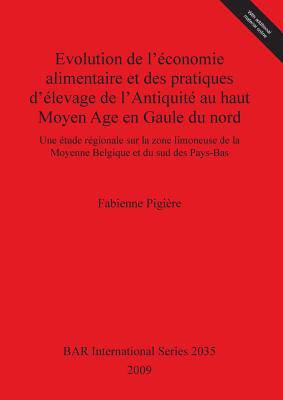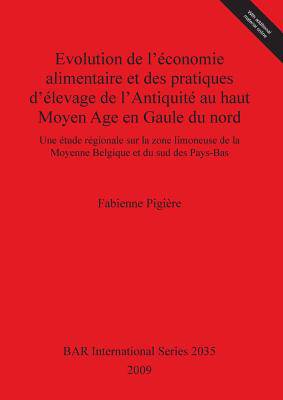
- Retrait gratuit dans votre magasin Club
- 7.000.000 titres dans notre catalogue
- Payer en toute sécurité
- Toujours un magasin près de chez vous
- Retrait gratuit dans votre magasin Club
- 7.000.0000 titres dans notre catalogue
- Payer en toute sécurité
- Toujours un magasin près de chez vous
Evolution de l'économie alimentaire et des pratiques d'élevage de l'Antiquité au haut Moyen Age en Gaule du nord
Une étude régionale sur la zone limoneuse de la Moyenne Belgique et du sud des Pays-Bas
Fabienne PigièreDescription
This research looks at the processes that led to the profound transformation of the Roman world between the 3rd and 7th century AD. By concentrating on archaeozoology this study provides information on socio-economic evolution during Antiquity and the Merovingian period in Northern Gaul. In particular, the economic aspects related to the production, distribution, and consumption of animal resources are studied. This archaeozoological study is based on a corpus of 106,486 faunal remains. Using an interdisciplinary approach, the geographical framework of the region investigated, the climatic conditions over time, and the changing regional landscape are all assessed.
Spécifications
Parties prenantes
- Auteur(s) :
- Editeur:
Contenu
- Nombre de pages :
- 296
- Langue:
- Français
- Collection :
- Tome:
- n° 2035
Caractéristiques
- EAN:
- 9781407306124
- Date de parution :
- 15-12-09
- Format:
- Livre broché
- Format numérique:
- Trade paperback (VS)
- Dimensions :
- 208 mm x 295 mm
- Poids :
- 907 g

Les avis
Nous publions uniquement les avis qui respectent les conditions requises. Consultez nos conditions pour les avis.






